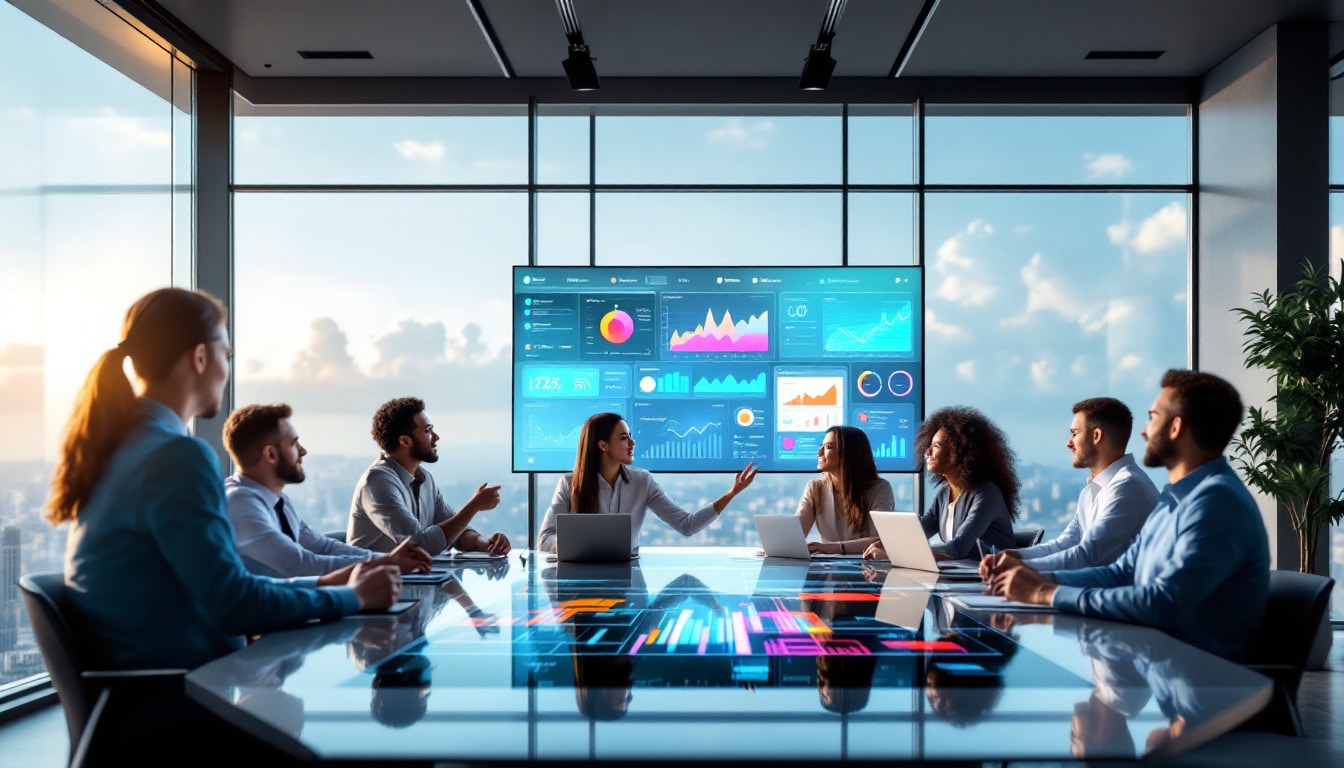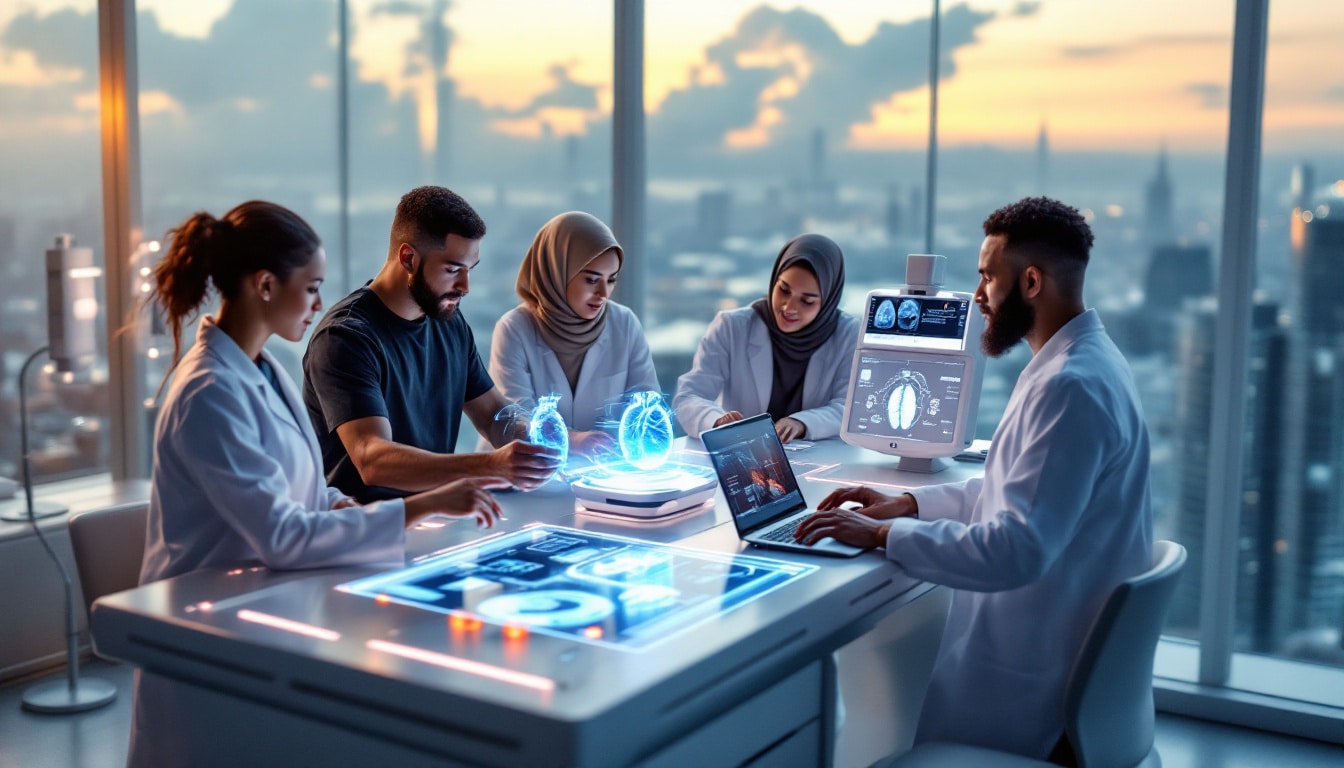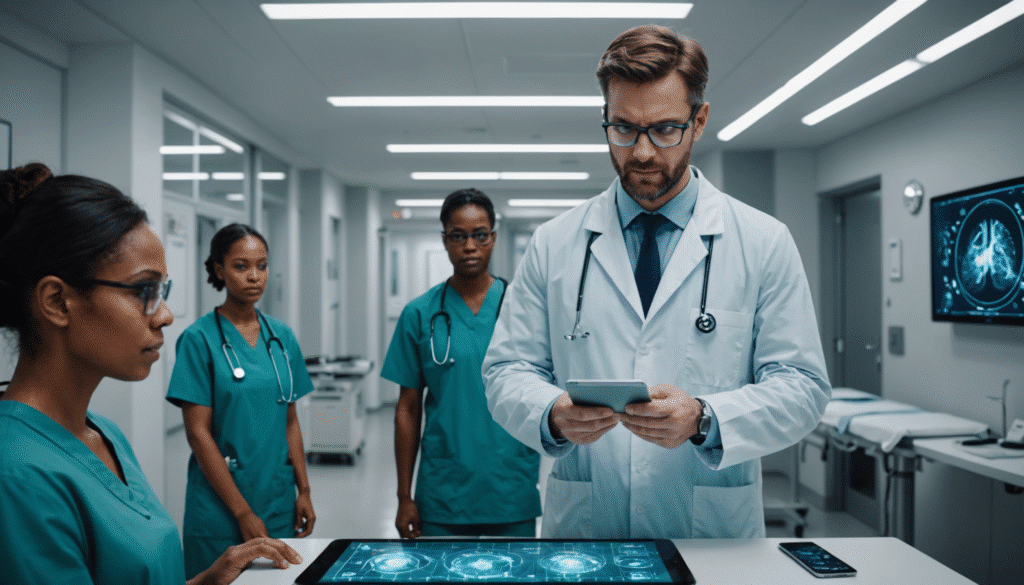The digital age offers fascinating possibilities, and the healthcare sector is not left behind. THE connected medical devices embody a true revolution in the way patients are monitored and managed. These innovative tools, such as blood pressure monitors, oximeters and biometric patches, enable regular monitoring and in real time vital parameters. Thanks to integrated sensors, patients can now be monitored remotely, which promotes unprecedented responsiveness in the event of a change in health.
This technological advancement provides healthcare professionals with valuable data for personalized support. By facilitating communication between patients and practitioners, these devices improve medical interventions, especially for those with chronic illnesses. In addition, the integration of telemedicine in this context makes it possible to standardize practices and optimize the care pathway. This phenomenon is transforming not only patient monitoring, but also the way in which care is provided, opening the door to new opportunities in the health field.
The technological revolution we are currently seeing affects many areas, but what is happening in the healthcare sector is particularly striking. THE connected medical devices (DMC) represent a major advance in patient care, revolutionizing the way health information is collected, analyzed and used. These devices incorporate advanced technologies to provide real-time patient monitoring, which is particularly beneficial for individuals with chronic conditions requiring continuous monitoring.
Real-time monitoring: a necessity made reality
With approximately 1.5 million of patients with chronic illnesses in France, the need for continuous medical monitoring has become crucial. According to a study conducted by the Institute for Research and Documentation in Health Economics, connected medical devices make it possible to reduce 20% the overall cost of care for these patients. These devices, such as connected blood pressure monitors or glucometers, provide real-time data, allowing healthcare professionals to intervene immediately in the event of a significant deviation in vital parameters.
For example, healthcare establishments such as the Nantes University Hospital are actively exploring the use of wearable sensors for at-risk patients. These sensors send data directly to caregivers, allowing optimization of interventions and avoiding unnecessary hospitalizations. The results of several studies show that this type of monitoring has led to a significant reduction in avoidable complications for these patients.
The role of connected objects in telemedicine
There telemedicine, often considered an inevitable advance in the medical sector, is reinforced by the growing use of connected medical devices. By collecting and transmitting precise data, these devices increase the ability of healthcare professionals to monitor their patients remotely. In times of health crisis, such as COVID-19, DMCs have enabled the continuation of care while limiting the risk of contamination in health establishments.
A revealing example is that of the company BioIntelliSense, which designed the BioButton™ patch. This device allows continuous monitoring of a patient’s vital signs, ranging from body temperature to respiratory rate. By integrating this technology into a telemedicine framework, doctors were able to effectively manage their patients’ follow-up without requiring regular physical visits, thereby reducing costs and stress for patients.
In addition, the rise of digital medicine opens up new perspectives. Health data management software, coupled with AI, promises to analyze DMC data in real time to anticipate health problems before they arise, which could revolutionize preventive medicine.
The challenges and future of DMCs in the healthcare sector
Despite the obvious benefits of connected medical devices, several challenges remain. Among these, the data security is undoubtedly one of the most worrying. The fear that personal health data will be hacked or used for malicious purposes is holding back the wider adoption of this technology. Strict regulations must therefore be put in place to ensure the protection of patients.
Furthermore, the training of health professionals the use of these new technologies is essential to maximize their effectiveness. Caregivers must be able to interpret data and interact with patients through these devices, which requires upgrading their skills.
Finally, it is crucial to encourage innovation and research in this area. Collaborative initiatives can emerge, such as that led by MedTech companies such as Johnson & Johnson, which is investing in the development of new connected medical devices. These efforts aim to meet the growing demands of the population and explore new applications, such as post-operative rehabilitation or posture monitoring, thus allowing personalization of care based on the data collected.
With the continued integration of digital health technologies and the development of wearable applications, the future of connected medical devices looks bright. According to a recent market study, the global DMC market is expected to reach 45 billion dollars by 2026, revealing strong growth potential that could transform public health.
To build a future in which DMCs are omnipresent, it is fundamental to adopt a collaborative approach between companies, healthcare professionals and insurers. Data sharing, the development of artificial intelligence, and the interoperability of systems will be the keys to ensuring that the entire health sector can benefit from this technological revolution.

#France2030 | Stéphanie Lefort, sous-préfète de Vire, a participé au lancement du projet Cyclope de l'entreprise BodyCAP.
— Préfet du Calvados (@Prefet14) December 15, 2023
Située à Hérouville-Saint-Clair, BodyCAP est spécialisée dans la fabrication de dispositifs médicaux connectés.
Elle est lauréate du plan d’investissement… pic.twitter.com/qlqLz0wUv2
Connected Medical Devices FAQ
What are the advantages of connected medical devices? They allow a real-time tracking vital parameters, thus facilitating rapid interventions if necessary.
How do connected devices improve patient monitoring? Thanks to their integrated sensors, these devices provide constant monitoring of vital signs, helping to better manage treatments.
How does telemedicine play a role in the use of connected medical devices? Telemedicine, using this equipment, offers an effective way to remote medical monitoring and interaction between patients and healthcare professionals.
Are connected medical devices useful for chronic diseases? Absolutely, they allow a optimized tracking and better management of chronic diseases through immediate data sharing between patients and doctors.
How do connected medical devices contribute to health innovation? They revolutionize patient care by introducing personalized monitoring methods and standardizing procedures within healthcare establishments.
Are there any concerns related to the use of obsolete medical devices? Yes, the use of technologies not updated raises concerns among regulators because it may compromise the safety and effectiveness of care.
What is the impact of regulations on connected medical devices? Current regulations aim to ensure quality and the security of medical technologies, which strengthens the confidence of professionals and patients in these tools.
How do these devices facilitate communication between patients and healthcare professionals? They allow a instant data transmission, thus improving collaboration and the efficiency of the care provided.













